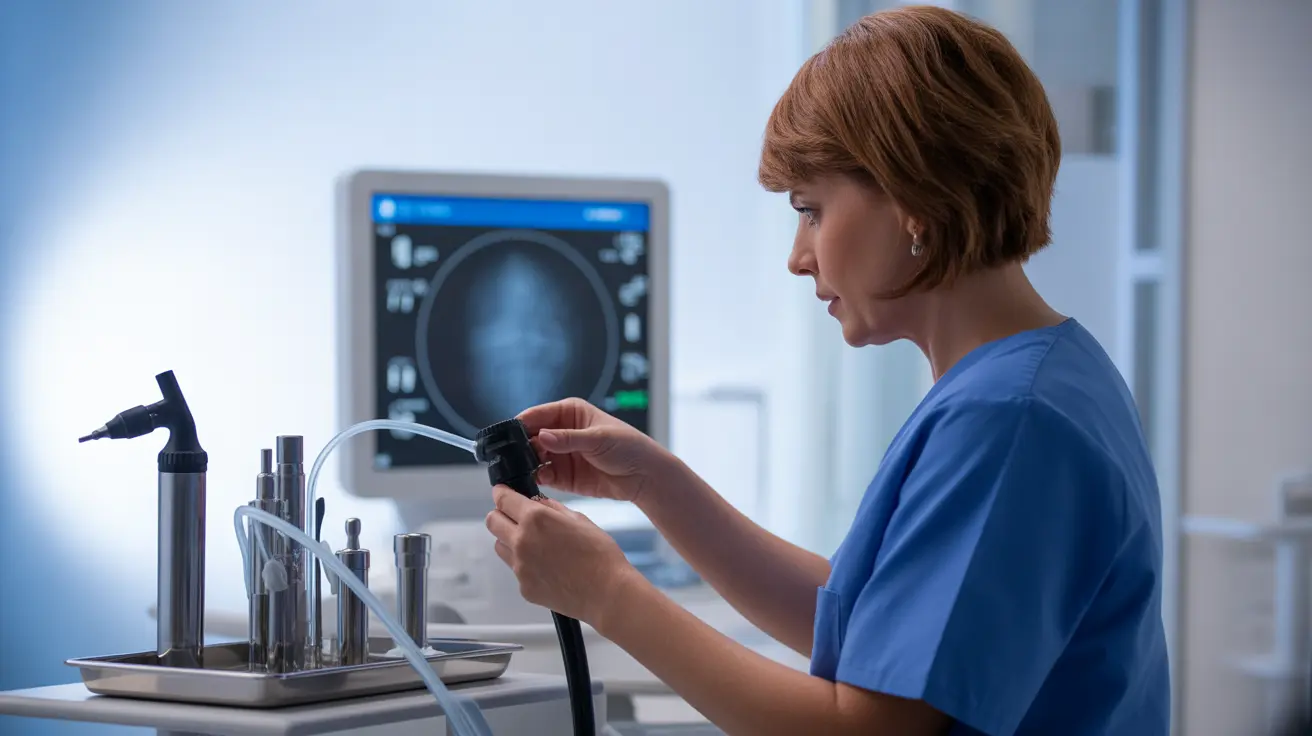If you're scheduled for a colonoscopy or considering one for cancer screening, you may be wondering about the safety of this common medical procedure. Colonoscopies are generally considered very safe and remain one of the most effective tools for detecting and preventing colorectal cancer. However, understanding both the benefits and potential risks can help you make informed decisions about your healthcare.
In this comprehensive guide, we'll explore the safety profile of colonoscopies, discuss potential risks and complications, and help you understand when this important screening procedure is most beneficial.
The Safety Profile of Colonoscopies
Colonoscopies are performed millions of times each year in the United States, with an excellent safety record. The procedure is conducted by trained gastroenterologists who have extensive experience in performing these examinations. Modern equipment and techniques have made colonoscopies safer than ever before, with serious complications occurring in less than 1% of procedures.
Standard Safety Measures During the Procedure
Medical teams implement multiple safety protocols during colonoscopies, including:
- Careful patient screening and medical history review
- Continuous monitoring of vital signs
- Use of sterile equipment and proper infection control
- Presence of trained medical staff throughout the procedure
- Careful administration and monitoring of sedation
Common Risks and Complications
While colonoscopies are generally safe, it's important to understand potential risks, which typically fall into several categories:
Minor Complications
These are more common but usually resolve quickly:
- Bloating and gas
- Mild cramping
- Temporary digestive changes
- Minor bleeding from biopsy sites
Serious but Rare Complications
These occur infrequently but require immediate medical attention:
- Bleeding (especially if polyps are removed)
- Bowel perforation
- Adverse reactions to sedation
- Post-procedure infection
Special Considerations for Different Patient Groups
The safety profile of colonoscopies can vary depending on individual factors:
Older Adults
While age alone isn't a contraindication, older adults may require additional evaluation before the procedure. Doctors carefully weigh the benefits against potential risks, especially for those over 75.
Patients with Chronic Conditions
People with heart conditions, diabetes, or blood-clotting disorders may need special preparation or monitoring. Your doctor will adjust the procedure protocol based on your specific health needs.
Maximizing Safety Through Proper Preparation
Following preparation instructions carefully helps ensure a safe procedure:
- Complete all prescribed bowel preparation steps
- Provide accurate medical history information
- Follow medication adjustment instructions
- Arrange for transportation home
- Report any concerning symptoms during preparation
Frequently Asked Questions
How safe are colonoscopies and what are the main risks?
Colonoscopies are very safe procedures with serious complications occurring in less than 1% of cases. The main risks include bleeding, bowel perforation, and adverse reactions to sedation. These risks are significantly minimized through proper screening and experienced medical professionals.
How often should I get a colonoscopy to screen for colorectal cancer?
For people at average risk, screening typically begins at age 45, with follow-up colonoscopies every 10 years if results are normal. Those with higher risk factors may need more frequent screening, as determined by their healthcare provider.
What complications can happen after a colonoscopy, and when should I call my doctor?
Call your doctor immediately if you experience severe abdominal pain, significant bleeding, fever, severe nausea, vomiting, or chest pain after the procedure. Most people experience only mild discomfort that resolves within 24 hours.
Are colonoscopies riskier for older adults or people with other health problems?
While the procedure can be slightly riskier for older adults and those with certain health conditions, proper medical evaluation and monitoring help ensure safety. Your doctor will carefully assess your individual risk factors and adjust the procedure accordingly.
What are the benefits of having a colonoscopy compared to the possible risks?
The benefits of colonoscopy typically outweigh the risks for most people. The procedure can prevent colorectal cancer by removing precancerous polyps and detect cancer early when it's most treatable. This significant benefit generally justifies the small risk of complications.




